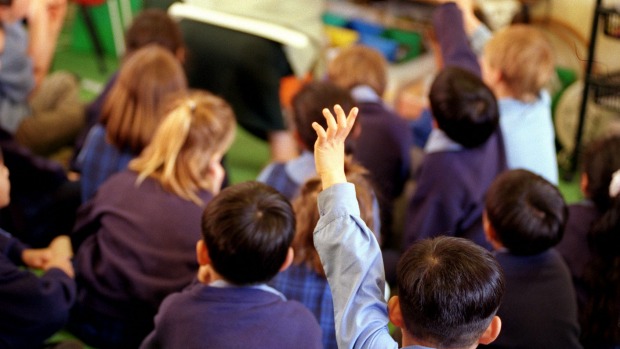Oceanía/Australia/Abril 2016/Autor: Eryk Bagshaw/ Fuente: smh.com.au
Resumen: Un informe de la UNICEF pone de relieve la brecha cada vez mayor entre los niños en la clase media y clase baja. Dicho informe hace preguntas difíciles para los responsables políticos de Australia sobre la forma de abordar las necesidades de los niños más vulnerables. Por lo que se entiende que los niños en Australia están retrocediendo en educación y salud.
The Fairness for Children report, released on Thursday, shows Australia ranks 27th out of 35 in health equality outcomes among OECD countries and 24th out of 37 in education equality results.
National Children’s Commissioner Megan Mitchell said Australia was failing to give all children the best start in life.
«UNICEF’s report highlights the widening gap between children at the bottom and those in the middle,» Ms Mitchell said. «The report asks challenging questions for Australia’s policymakers on how to address the needs of our most vulnerable children.»
According to the Australian Council of Social Services, poverty is growing in Australia, with serious consequences for children.
An estimated 2.5 million Australians are living below the poverty line, including 602,604 children. The Australia Child Wellbeing Project estimates that almost 22 per cent of 13- and 14-year-olds reported suffering from psychosomatic health problems daily.
In education, 9.1 per cent of 15-year-olds failed to achieve the basic levels of reading, maths and science literacy in the latest round of PISA tests.
Despite the figures, the federal government has been steadfast in its refusal to fund the final two years of the needs-based Gonski reforms. The reforms target schools in the lowest socio-economic areas.
At the Council of Australian Governments meeting in April, the federal government offered the states $2.9 billion in health funding, but no increased investment in schools, a move that could see the $4.5 billion allocated to the final two years of Gonski education funding slashed.
UNICEF Australia’s director of policy and advocacy, Nicole Breeze, said the research revealed concerning trends.
«The report raises some very stark questions about government policy. Australian children are falling too far behind at that bottom end against some key international measures,» she said.
Across the OECD, the gap between rich and poor is at its highest level in three decades, while the risks of poverty have been shifting from the elderly towards youth since the 1980s.
According to the report, Australia performed relatively well in terms of income and life satisfaction equality.
«But the size of Australia’s economy suggests that the outlook for Australian children could be significantly better,» Ms Breeze said.
«Australia must place equity at the heart of our child well-being agendas and the ‘leave-no-one-behind’ principle should form the foundation of future social strategies,» she said.
Fuente de la noticia: http://www.smh.com.au/national/education/unicef-australian-children-are-falling-behind-in-health-education-20160414-go6li2.html
Fuente de la imagen: http://www.smh.com.au/content/dam/images/g/l/0/e/v/v/image.related.articleLeadwide.620×349.go6li2.png/1460682049492.jpg







 Users Today : 35
Users Today : 35 Total Users : 35460244
Total Users : 35460244 Views Today : 43
Views Today : 43 Total views : 3418938
Total views : 3418938